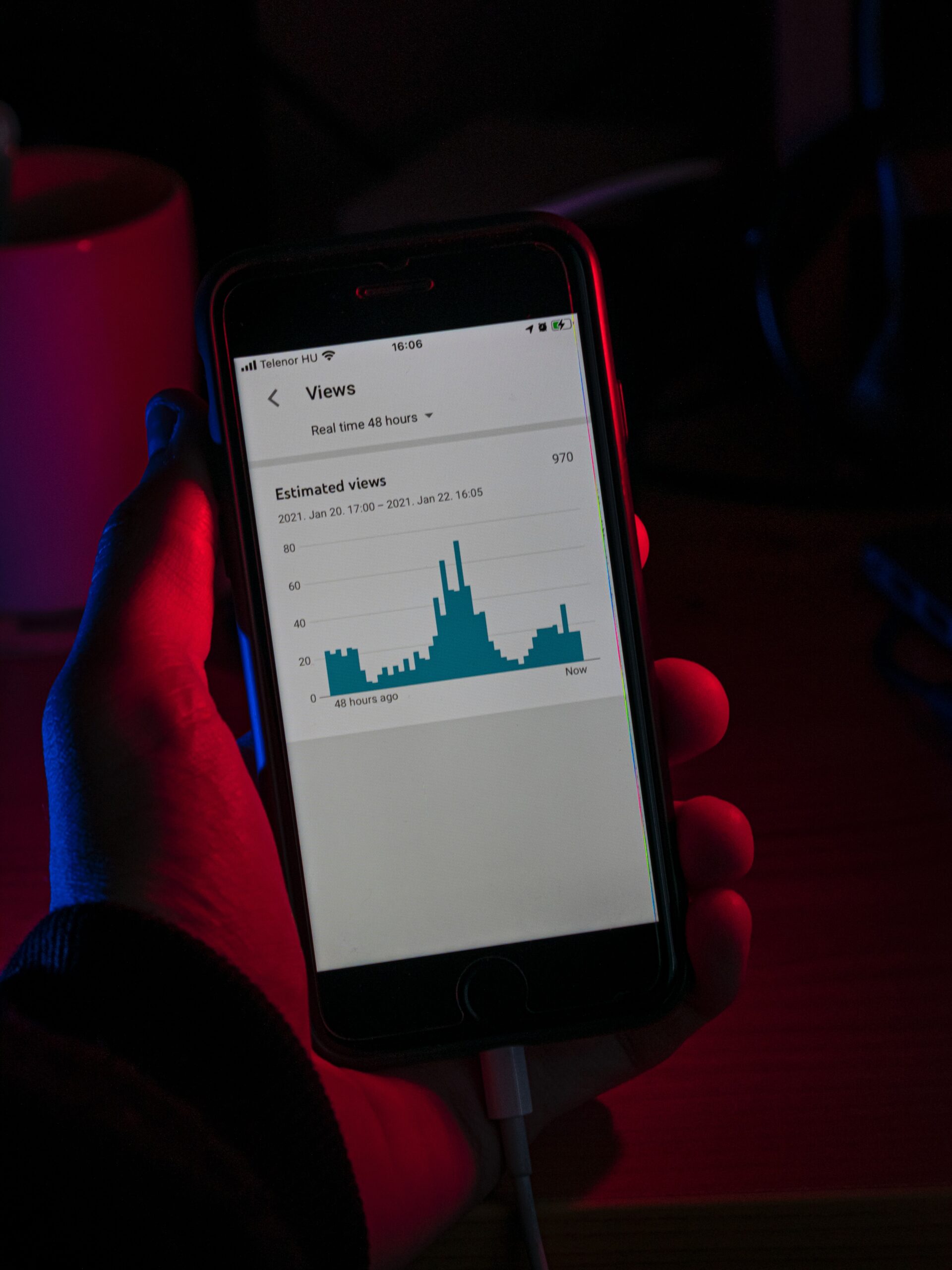When it comes to making estimates or predictions, we often find ourselves caught between two extremes – overestimating or underestimating. Both can have their consequences, but understanding when to use each approach can be a valuable skill.
Overestimating is the act of guessing or assuming a value or outcome that is higher or greater than what is expected. This can be useful in situations where we want to be cautious or prepare for the worst-case scenario. For example, when budgeting for a project, overestimating expenses can help ensure that we have enough resources to cover unexpected costs.
On the other hand, underestimating involves guessing or assuming a value or outcome that is lower or lesser than what is expected. This approach can be beneficial when we want to be optimistic or take calculated risks. For instance, when setting goals or targets, underestimating our abilities can motivate us to push harder and achieve more than we initially thought possible.
It’s important to note that over and under guessing should be used strategically and not as a default approach. Context is key in determining which method to employ. Factors such as the nature of the task, available information, and potential consequences should all be considered.
In some cases, a balanced approach is necessary, where we neither overestimate nor underestimate. This requires careful analysis and consideration of all relevant factors. By finding the right balance, we can make more accurate estimates and predictions.
In conclusion, over and under guessing, above and below, are two techniques that can be used to our advantage in different situations. Understanding when to employ each method is crucial for making informed decisions and achieving desired outcomes.
